Complacency and Concern in Robo-Land
To learn more about Epsilon Theory and be notified when we release new content sign up here. You’ll receive an email every week and your information will never be shared with anyone else.
Continue the discussion at the Epsilon Theory Forum
The Latest From Epsilon Theory
This commentary is being provided to you as general information only and should not be taken as investment advice. The opinions expressed in these materials represent the personal views of the author(s). It is not investment research or a research recommendation, as it does not constitute substantive research or analysis. Any action that you take as a result of information contained in this document is ultimately your responsibility. Epsilon Theory will not accept liability for any loss or damage, including without limitation to any loss of profit, which may arise directly or indirectly from use of or reliance on such information. Consult your investment advisor before making any investment decisions. It must be noted, that no one can accurately predict the future of the market with certainty or guarantee future investment performance. Past performance is not a guarantee of future results.
Statements in this communication are forward-looking statements. The forward-looking statements and other views expressed herein are as of the date of this publication. Actual future results or occurrences may differ significantly from those anticipated in any forward-looking statements, and there is no guarantee that any predictions will come to pass. The views expressed herein are subject to change at any time, due to numerous market and other factors. Epsilon Theory disclaims any obligation to update publicly or revise any forward-looking statements or views expressed herein. This information is neither an offer to sell nor a solicitation of any offer to buy any securities. This commentary has been prepared without regard to the individual financial circumstances and objectives of persons who receive it. Epsilon Theory recommends that investors independently evaluate particular investments and strategies, and encourages investors to seek the advice of a financial advisor. The appropriateness of a particular investment or strategy will depend on an investor’s individual circumstances and objectives.

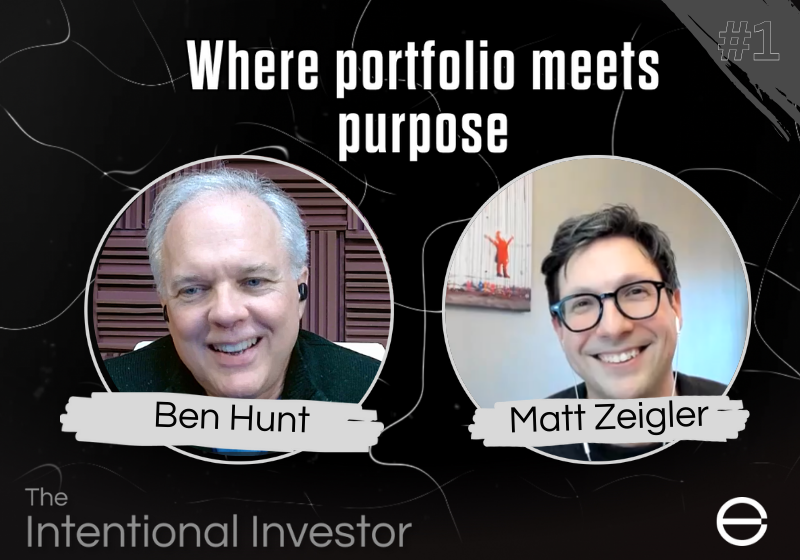
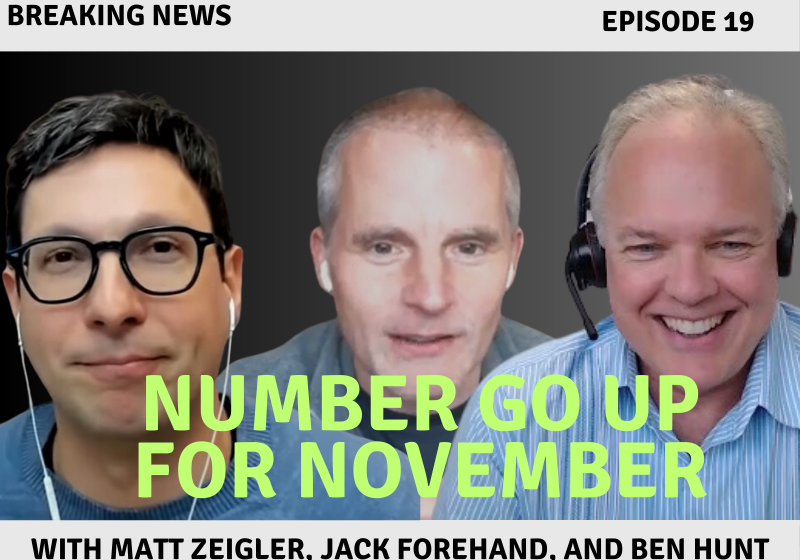
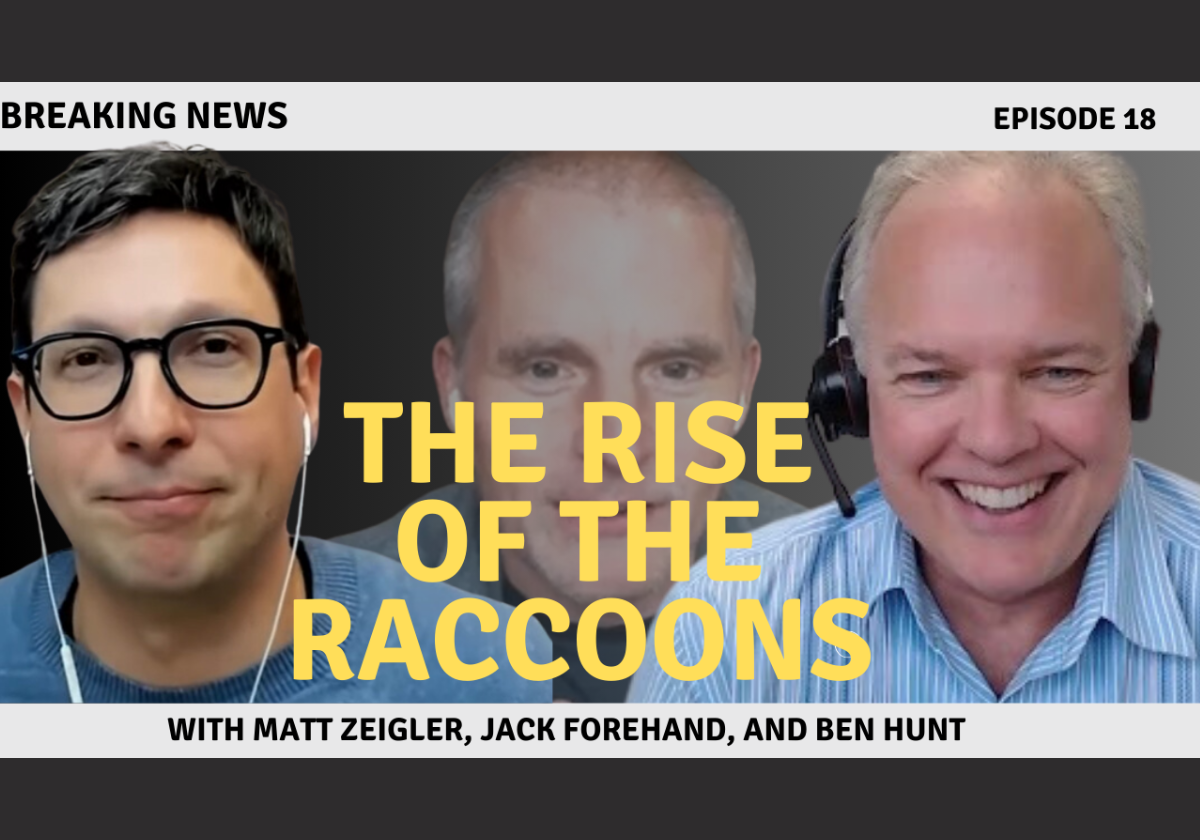
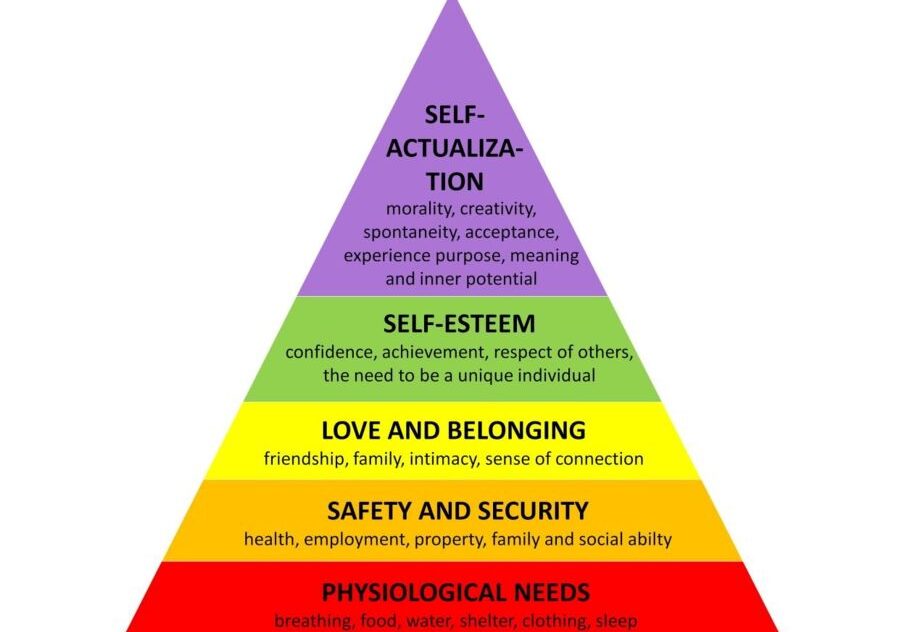
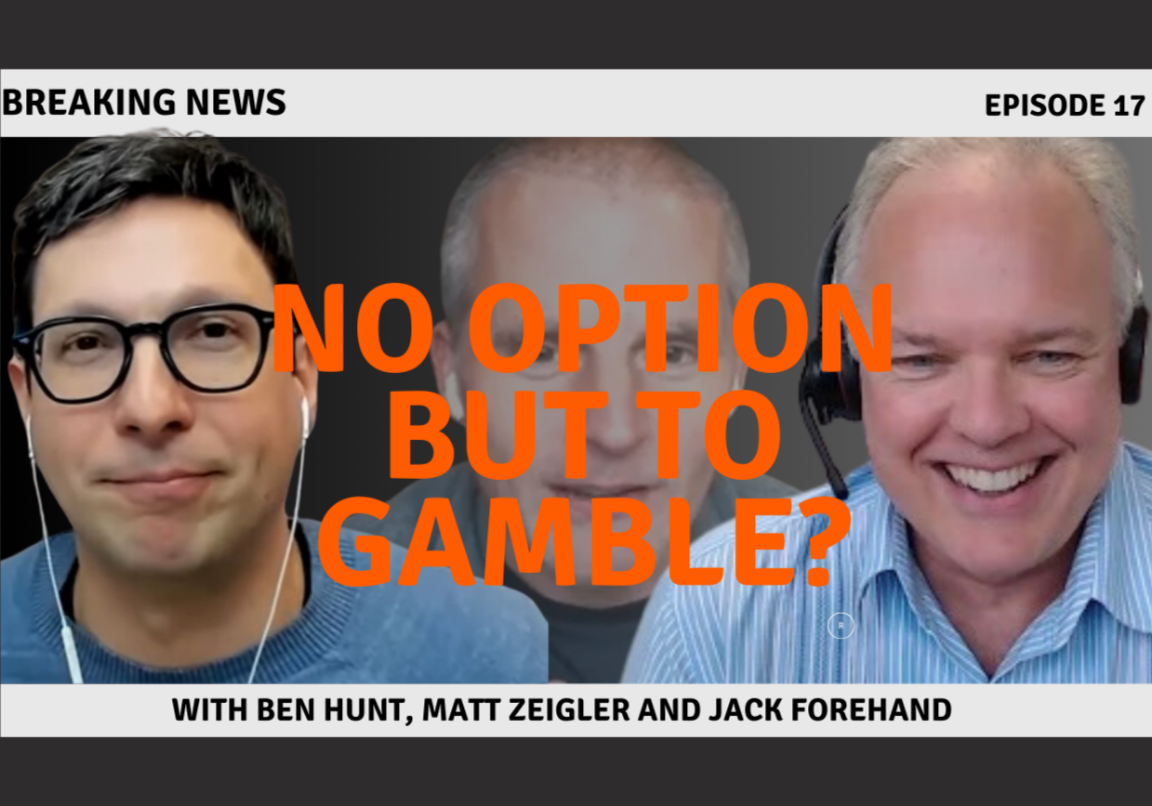



Your earlier piece, “The Power of ‘And’ and the Walmartization of Advice,” provides part of the answer to the question raised in this piece. The disconnect is that those in the trenches - those you have real conversations with - know the dirty little secret about retail investment advice:
“If someone tells you that you need to pay a lot for their advice on these topics [portfolio construction, asset allocation, diversification, etc.] they are misleading you. But here’s the thing: none of those topics are why you hire a financial adviser. You hire a financial adviser to keep you from doing something stupid…”
All your conversations reflect concern because we are at elevated market levels after a looooong run with a big correction/crash/recession/depression out there and who really believes a computer program can replace the psychological support a good FA can provide to keep a client “from doing something stupid[?]” Especially since most clients don’t know that the real reason they hired an FA is specifically for psy-ops.
But on the other hand, and as we know from Ben’s Gell-Mann work, the media knows just enough to be dangerous and probably doesn’t really understand the above core FA-client relationship nuance, so instead, it plays up the wiz-bang new-technology, isn’t-this-exciting, out-with-the-old-in… (you get it) robo-adviser angle.
Also, and this needs a “Gell-Mann” appellation, much of what gets hyped in the media is the result of the need to fill up media websites, blogs, news pages, updates, what have you - not some thoughtful balance of objective importance or relevancy. The maw for this material is relentless, so every somewhat-viable topic gets written about to death.
One plus one equals two: the business people intimately know the challenge (hence, your conversations) + the media has a surface knowledge and an insatiable need for “stories” (hence, your map) = the disconnect you observe.
I think that’s part of the story anyway.
Mark’s third-to-last paragraph raised this question for me: what screens does Quid have for including articles into the data set? Hypothesis is a large volume of SEO-term heavy content (Robo/AI/ML/Blockchain concentration) from the Newsweeks/Forbes(es?) that has little in substance or critical thought, and consequently skews positive in sentiment. Or is such article selection irrelevant because volume and repetition of message is more important in narrative construction than “quality” of individual points?
A couple of thoughts in response to some good questions:
Their brush is a very broad one. This period included about 1,400 articles from publications that range from national publications to trade rags and even press releases (about 31 in the set).
Your last point is mostly right, at least in the way we think about it. Missionary institutions ARE important if you want to predict ex ante whether a narrative will form, but if we are looking at the content on an ex post basis, we can observe the effects of narrative in the similarity and linkages between otherwise distinct clusters. The example Ben and I talked about yesterday was “TMZ and WSJ using the same words to describe Elon Musk.”
For this reason, when a network has strong clusters of linked narratives and language, on balance we usually feel more comfortable about the sentiment being representative as well. When the existence of any governing narrative is less clear, I think that gives us pause about sentiment, too, and requires us to be a bit more granular in examining the quality and reach of underlying sources.